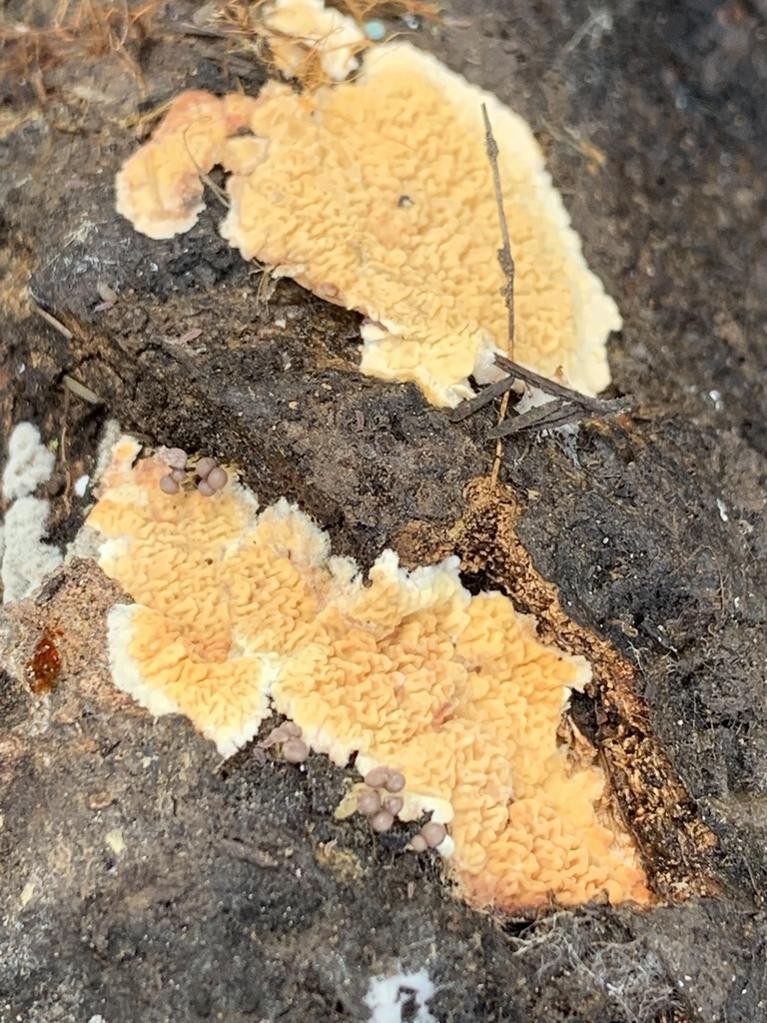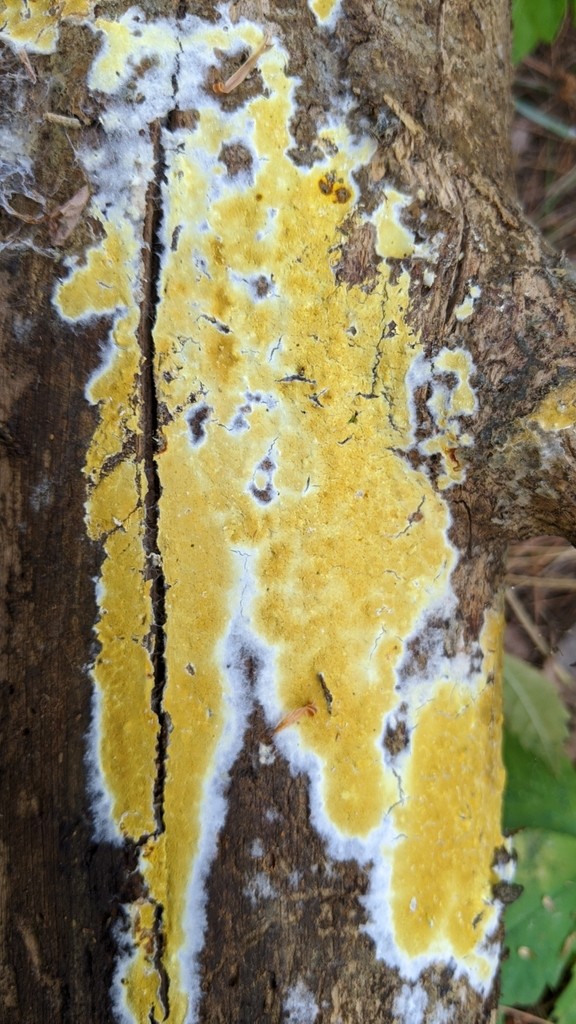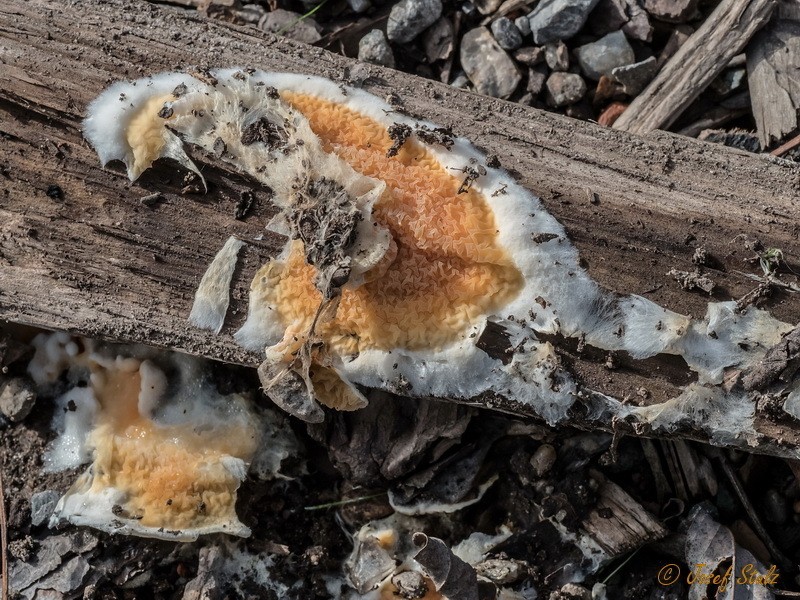Leucogyrophana
Nom scientifique: Leucogyrophana
Leucogyrophana
Nom scientifique: Leucogyrophana
 Photo By damontighe , used under CC-BY-NC-4.0 /Cropped and compressed from original
Photo By damontighe , used under CC-BY-NC-4.0 /Cropped and compressed from original La description
Leucogyrophana est un groupe unique de champignons connu pour sa couleur allant du jaune clair à l'orange vif. Ces champignons prospèrent généralement sur le bois en décomposition, aidant à la dégradation et au recyclage des matériaux forestiers. Certaines espèces de ce groupe ont une apparence distinctive, presque duveteuse en raison de leur texture de surface laineuse. Principalement trouvés dans les régions tempérées, leucogyrophana joue un rôle essentiel dans le cycle des nutriments au sein des écosystèmes forestiers.
Espèces de Leucogyrophana
Classification scientifique
Phylum
Basidiomycètes Classe
Agaricomycetes Ordre
Boletales Famille
Hygrophoropsidacées Genre
Leucogyrophana 
